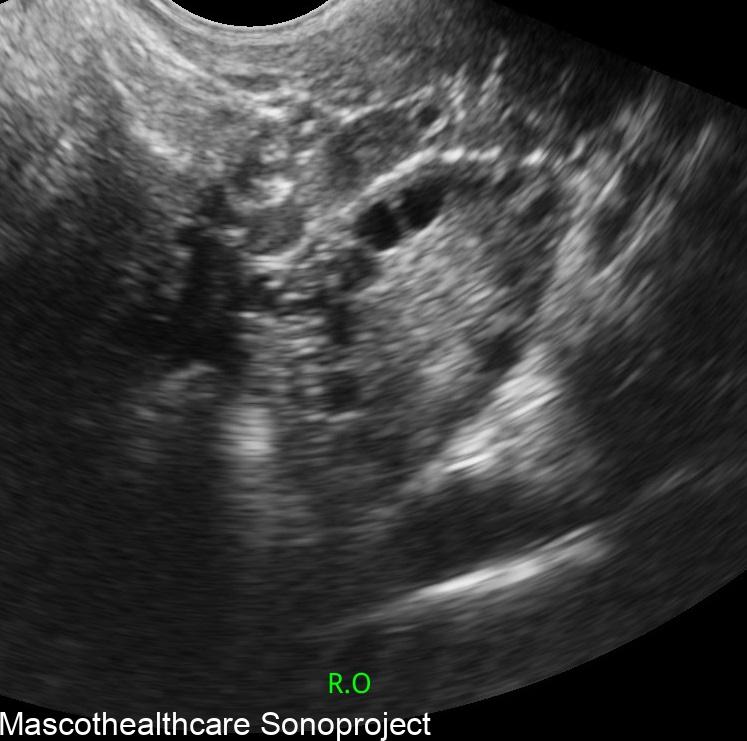Emma was a fun 28-year-old lady with a passion for dancing and a love for reading. However, she had been experiencing some troubling symptoms for a few years: her periods were irregular often times not coming for 3 months, then she noticed more facial hair than usual, and her skin was breaking out more often. She tried various skincare routines and lifestyle changes, but nothing seemed to work.
One day, after a particularly frustrating morning of dealing with her symptoms, Emma decided it was time to visit her doctor. She described her irregular periods, persistent acne, and unwanted hair growth. He listened carefully and suggested they run some tests to get a clearer picture of what might be happening.
The tests included blood work to check her hormone levels and a pelvic ultrasound scan to look at her ovaries. The doctor explained that these tests would help determine if Emma had Polycystic Ovarian Syndrome (PCOS), a common hormonal disorder among women of reproductive age.
Understanding PCOS
The doctor began to explain PCOS to Emma. "PCOS is a condition where the ovaries respond to an abnormal amount of androgens, which are male hormones, although women also have them in smaller amounts. This hormonal imbalance can cause the symptoms you're experiencing."
Emma learned that PCOS can have several causes:
- Genetics: PCOS tends to run in families, so there might be a genetic predisposition.
- Insulin Resistance: Many women with PCOS have insulin resistance, meaning their bodies produce insulin (the substance in the body that controls sugar and metabolism levels)but can't use it effectively. This can lead to higher insulin levels, which may trigger the ovaries to produce more androgens.
- Inflammation: Chronic low-grade inflammation is common in women with PCOS, which can also contribute to increased androgen levels.
Symptoms and Diagnosis
The doctor continued, "The symptoms you're experiencing, like irregular periods, excess facial hair, and acne, are typical of PCOS. Other women might have different symptoms, such as weight gain or thinning hair on the scalp."
To diagnose PCOS, they looked for at least two out of three key conditions:
- Irregular Menstrual Cycles: Emma's infrequent periods were a clear sign.
- Hyperandrogenism: Elevated levels of male hormones confirmed through blood tests or physical signs like Emma's excess hair growth.
- Polycystic Ovaries: The ultrasound revealed that Emma had multiple small cysts on her ovaries.
Managing PCOS
Dr. Lee reassured Emma that while there is no cure for PCOS, its symptoms can be managed effectively. They discussed several strategies:
- Lifestyle Changes: Dr. Lee emphasized the importance of a healthy diet and regular exercise. "Even a small amount of weight loss can make a big difference in managing your symptoms," she said.
- Medications: Birth control pills could help regulate Emma's menstrual cycle and reduce androgen levels. There were also medications available to manage her acne and excess hair growth.
- Fertility Treatments: If Emma decided she wanted to have children in the future and faced difficulties, there were fertility treatments that could help.
The Bigger Picture
Emma was concerned about the long-term health risks associated with PCOS. The doctor explained that women with PCOS have a higher risk of developing conditions like type 2 diabetes, high blood pressure, high cholesterol, sleep apnea, and endometrial cancer. Regular check-ups and monitoring would be crucial to catch and manage these risks early.
Moving Forward
With a better understanding of her condition and a plan in place, Emma felt more hopeful. She also started a new fitness routine and made some dietary changes based on recommendations.
Emma's journey with PCOS was just beginning, but she felt empowered by the knowledge she had gained and the support she had found. With the right management strategies, she knew she could lead a healthy, fulfilling life and continue to pursue her passions.
